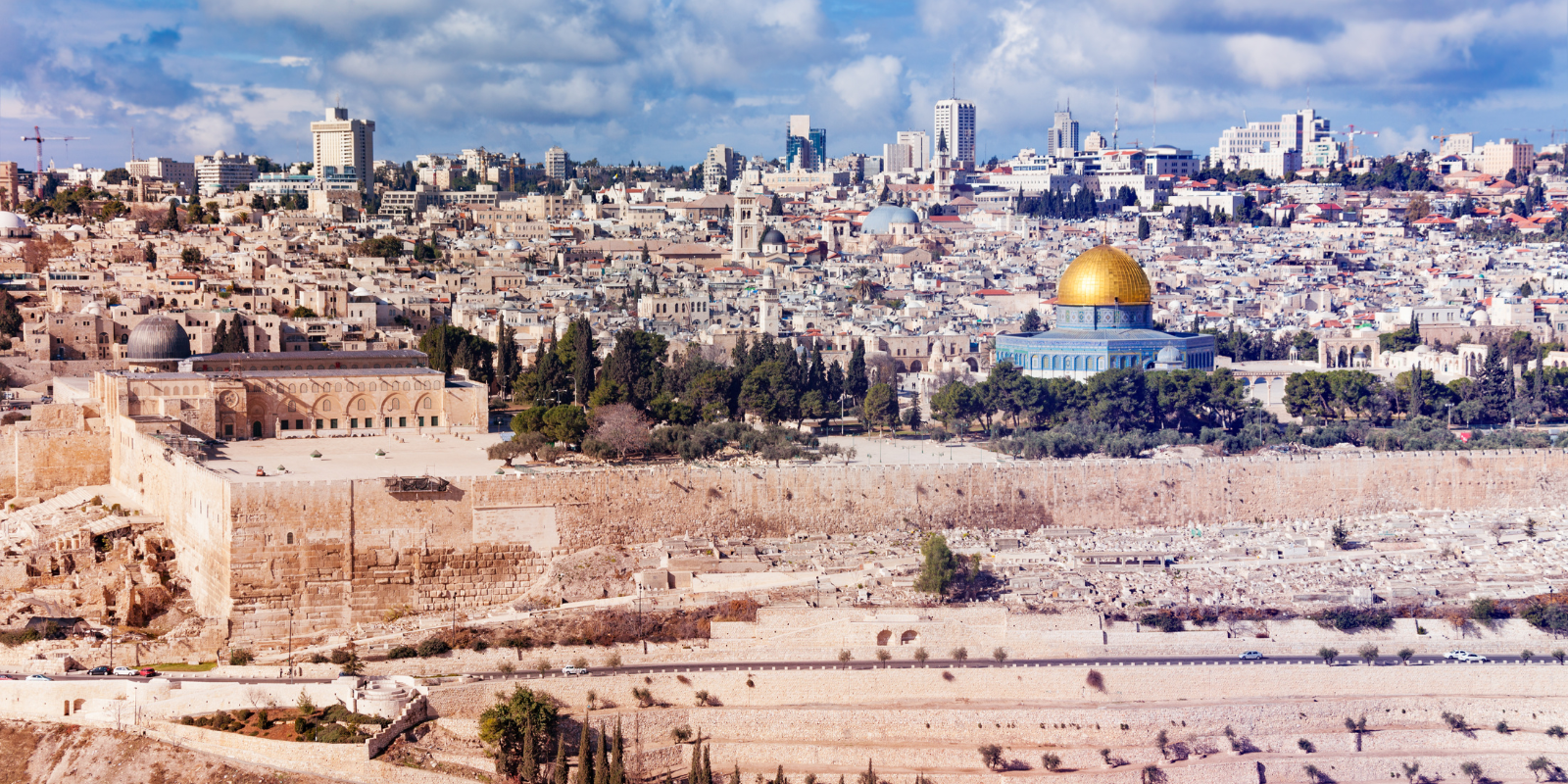The dirt-covered fingers of my eight-year-old son trembled with excitement as he held up a tiny pottery shard, no bigger than a quarter. “Mom, look! I found something!” Around us, families hunched over screens and buckets, carefully sifting through what appeared to be ordinary dirt. But this wasn’t ordinary dirt—this was earth from the Temple Mount, and buried in these humble clumps of soil lay fragments of the place we consider most sacred.
Our family had joined the thousands of volunteers who visit the Temple Mount Sifting Project each year during our summer vacation in Jerusalem. We didn’t uncover any golden treasures or ancient coins that would make headlines. Instead, we found pottery shards weathered by millennia, fragments of colorful mosaics that once adorned sacred floors, and even a piece of charred animal bone—could it have been from a sacrifice offered in Solomon’s Temple? The possibility sent shivers down our spines.
Before we began sifting, we watched an introductory video about the project. The narrator quoted the psalmist’s prophetic words:
As we worked through bucket after bucket of ancient earth, those words echoed in my mind.
The Hebrew commentaries offer profound insights into these verses, each revealing different layers of meaning that span centuries of Jewish thought and longing for Zion.
Rabbi David Altschuler, the 18th-century author of the commentary known as Metzudat David, focuses on the deep emotional connection to the land itself. He explains that Israel desires and loves “the stones of that place, and her dust finds favor in their eyes, and they greatly long to return to her.” For Altschuler, even the physical elements of Jerusalem—its very stones and dirt—become objects of affection and yearning for those separated from their homeland.
Rashi, the beloved 11th-century commentator, provides a remarkably concrete historical example. He tells us that when King Jeconiah went into Babylonian exile, the people literally carried stones and dirt from Jerusalem with them to build their synagogues in foreign lands. This act of taking Zion’s dust into exile, ensuring that their places of worship in Babylon would be built from Jerusalem’s sacred earth, was a reflection of their affection and love for the very earth of the Holy Land.
Rabbi Moshe Alshekh, a 16th-century scholar, adds yet another dimension, emphasizing that even in Jerusalem’s current ruined state, with the Temple reduced to rubble and its stones “burned and scattered,” the servants of God still find these broken remnants precious “because they are hers.”
These ancient interpretations take on startling relevance when we consider what happened to the Temple Mount’s precious earth in our own time. In 1999, the Northern Branch of the Islamic Movement conducted illegal renovations on the Temple Mount, bulldozing away over 9,000 tons of dirt mixed with priceless archaeological artifacts. This illegal operation destroyed countless treasures—artifacts that could have provided unprecedented glimpses into the region’s sacred history.
The earth and everything within it was dumped like garbage in the nearby Kidron Valley.
But sometimes, what appears to be an ending becomes a miraculous beginning.
In a move that embodied the psalmist’s vision of “redeeming her dust,” archaeologists Dr. Gabriel Barkay and Zachi Dvira refused to let this archaeological catastrophe be the final word. They retrieved the discarded dirt from the dump, and in 2004, they launched what would become known as the Temple Mount Sifting Project.
The project has yielded extraordinary discoveries. Volunteers have uncovered coins from various periods, including some from the time of the First and Second Temples. They’ve found jewelry, arrowheads, and pottery fragments spanning thousands of years of history. Each discovery, no matter how small, represents a piece of the puzzle that is Jerusalem’s sacred past. But perhaps more significant than any individual artifact is what the project represents: a living embodiment of cherishing Zion’s dust.
As we sifted through the dirt and rocks, we were living the words of the Psalm. When we truly love something, even its dust becomes precious.
Now, you too can express your love for the soil of Zion by purchasing a piece of this cherished earth—soil that has been carefully sifted and bottled from the Temple Mount itself. Whether displayed in your home or worn around your neck, this sacred earth becomes your personal connection to the heart of biblical history. Visit our store today to claim your piece of Temple Mount Soil.



















